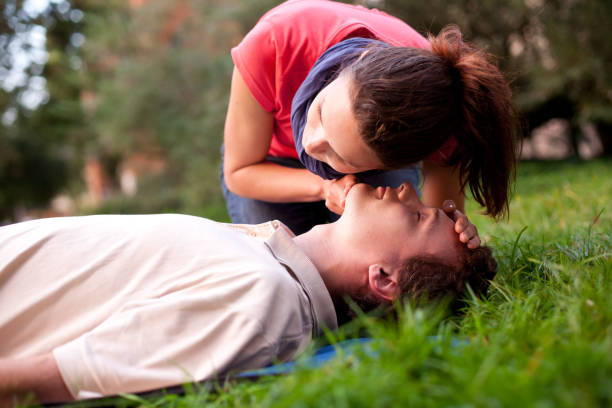
CPR for a Child (You are on your own)
CPR-Non Breathing Child
You have just completed your Primary Assessment:
1. You checked for danger
2. You checked for a response
3. You shouted for help
4. You opened the child’s airways
5. You checked breathing for 10 seconds
You are on your own. The child is not breathing.
WHAT DO YOU DO NEXT?
Step 1
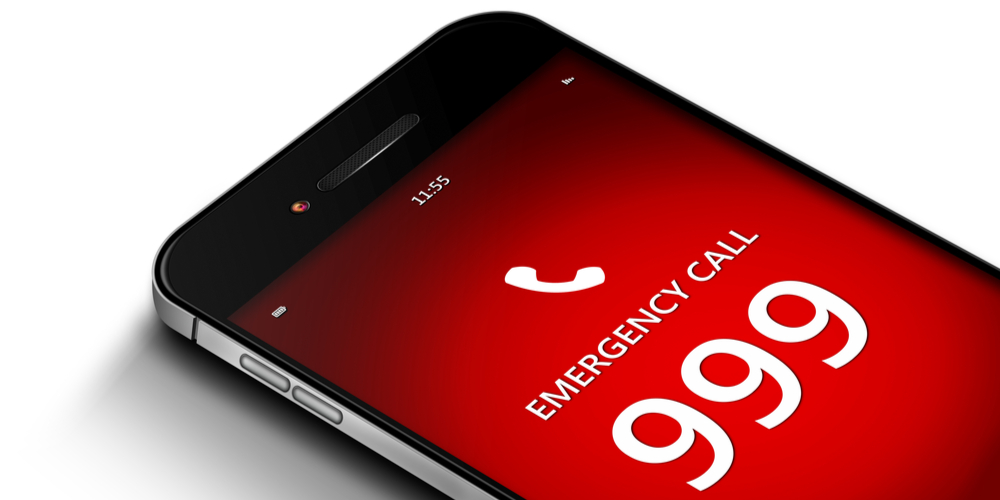
IMPORTANT!
Should help be available, it is important to send them to call for the emergency services as soon as NON-breathing is established.
Step 2
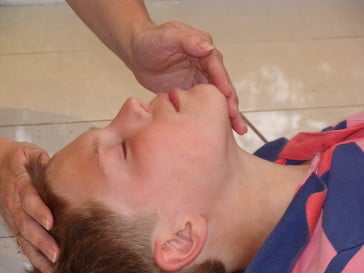
HEAD & CHIN TILT
Before you give 5 rescue breaths, you must ensure the airways are clear and the tongue is lifted off the back of the throat. You should have noticed any objects in the area of the mouth. Consider a face shield/pocket mask if blood or vomit is present.
Step 3
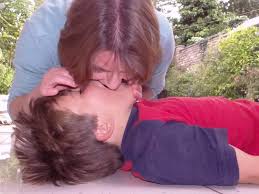
5 Rescue Breaths
Pinch the child’s nose while their head is tilted back, form a seal with your mouth over the child’s mouth, force the first breath in, looking at the chest look for the rise and fall once you have established the air is going in give a further 4 breaths steady, release the nose between each breath.
Step 4
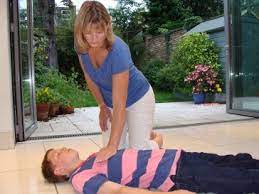
30 Compression’s
Give the child 30 compressions with one hand placed in the centre of the child’s chest between the nipple line. Compress to a depth of 5 cm and at a rate between 100 and 120 compressions per minute.
Step 5
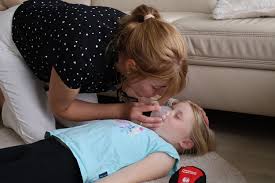
2 Rescue Breaths
Give the child 2 more rescue breaths, mouth-to-mouth. Remember to pinch the child’s nose to prevent air from escaping.
.
Step 6
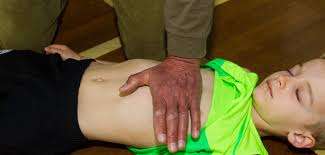
REPEAT
30 Compression’s
Give the child 30 compressions with one hand placed in the centre of the child’s chest between the nipple line. Compress to a depth of 5 cm and at a rate between 100 and 120 compressions per minute.
Important
You have now performed 1 minute of CPR. If the child shows no response, you must go and make the call 999/112
Inform them :
1. Who you are
2. Where you are
3. What CPR you have given child
4. State that you are on your own
5. State AED present or not
CPR For Babies
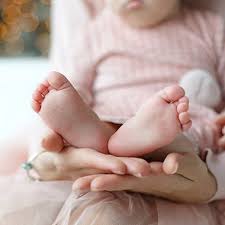
CPR-Non Breathing Baby
You have just completed your Primary Assessment:
1. You checked for danger
2. You checked for response(Flick Foot)
3. You shouted for help
4. You opened the baby’s airways
5. You checked breathing for 10 seconds; babies tend to breathe fast between
30-60 breaths per minute.
You are on your own. The baby is not breathing.
WHAT DO YOU DO NEXT?
Step 1
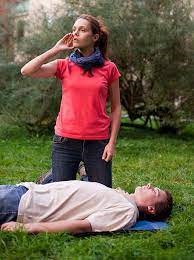
IMPORTANT!
Should help be available it is important to send them to call for the emergency services as soon as NON breathing baby is established.
Step 2
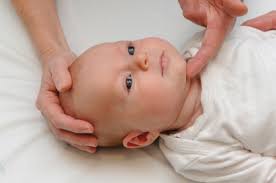
HEAD & CHIN TILT
Just before you give 5 rescue breaths, you must ensure the airways are clear and the tongue is lifted off the back of the throat. You should have noticed any objects in the area of the mouth. Consider a face shield if blood or vomit is present. Take care on the chin tilt, do not overstretch the airways.
.
Step 3
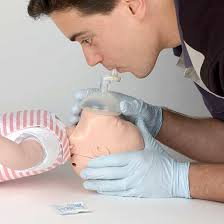
5 Rescue Breaths
While their head is tilted back, form a seal with your mouth over the baby’s mouth and nose. Blow lightly, and look at the chest for the slight rise and fall. Once you have established that the air is going in, give a further 4 steady breaths, lifting your head away between each breath.
DO NOT FORCE BREATHS.
Step 4

30 Compression’s
Give the baby 30 compressions with two fingers placed in the centre of the baby’s chest between the nipple line. Compress to a depth of 2-3 cm and at a rate between 100-120 compressions per minute.
Step 5
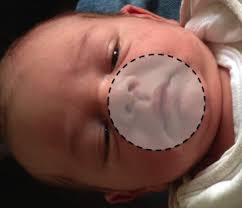
2 Rescue Breaths
Give the baby 2 more rescue breaths, ensure your mouth covers the baby,s nose and mouth.
.
Step 6
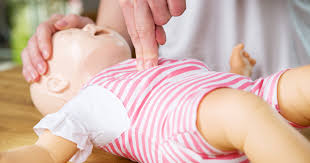
REPEAT
Give the baby another 30 compression’s with two fingers placed in the center of babies chest between nipple line. Compress to the depths of 2-3 cm and at a rate between 100-120 compression’s per minute..
What Next?
Steps 1-6 should take approximitly 60 seconds, if you are on your own after Steps 1-6 and able to pick the baby up, take baby with you to the phone, once you have made the 999 call place baby back on the floor and continue CPR, with 2 breaths followed by 30 compressions. Keep performing CPR until the baby starts to breath and shows signs of life, or until a medical team arrive.
Should you wish to learn more about Paediatric First Aid, click on the button below.
Note, you will be leaving the current site
